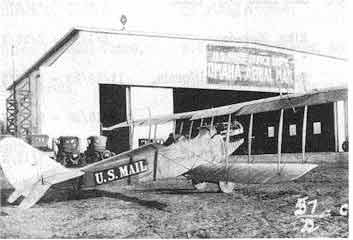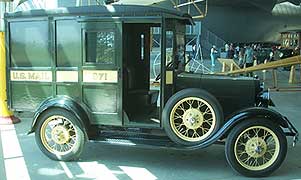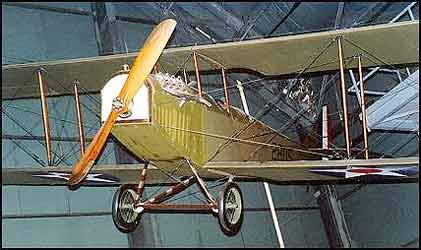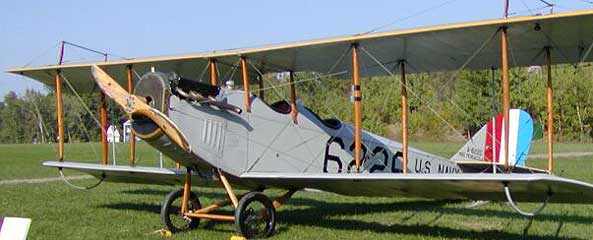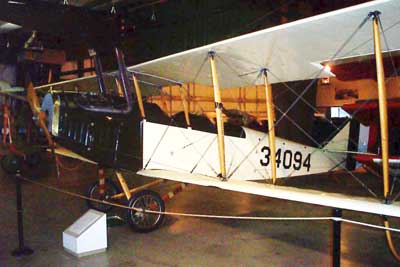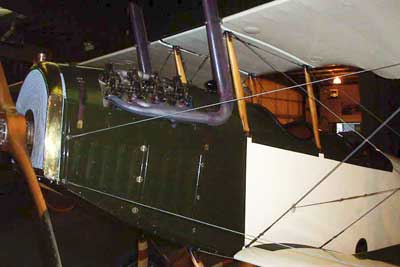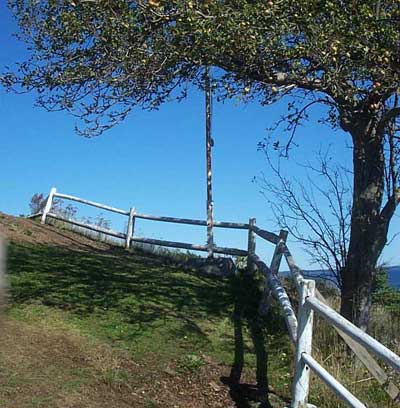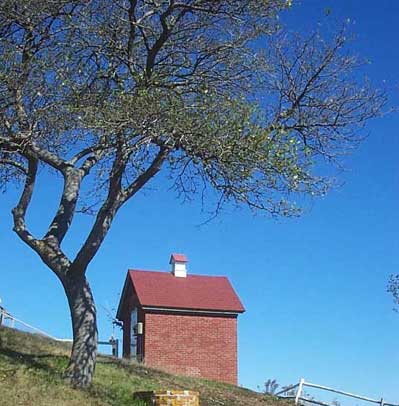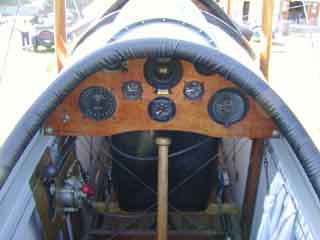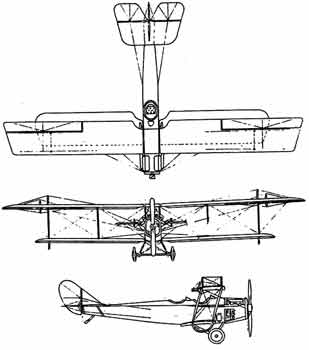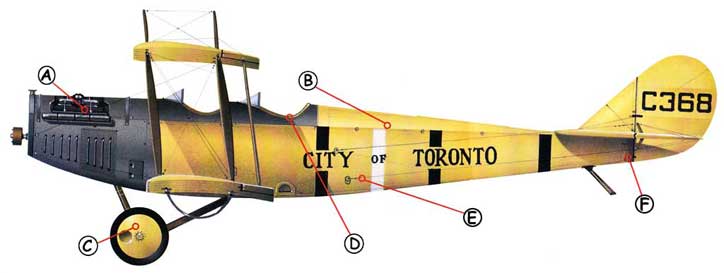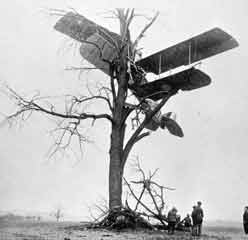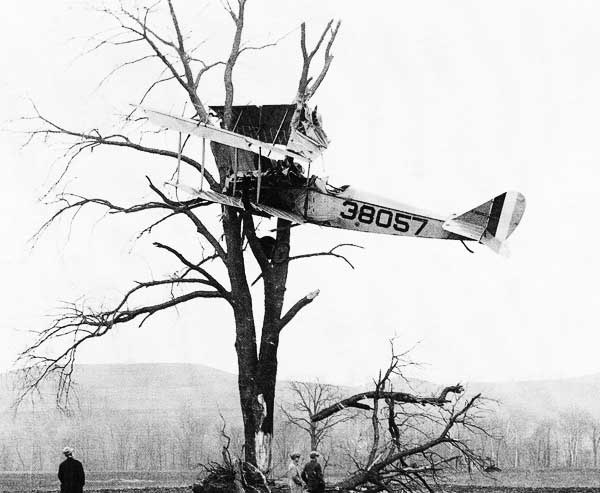
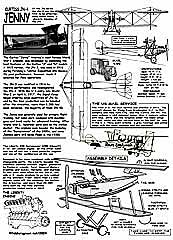
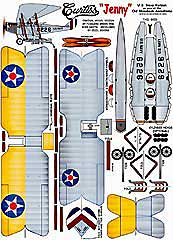
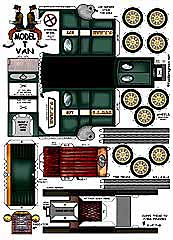
Curtiss US Mail Carrying Jenny
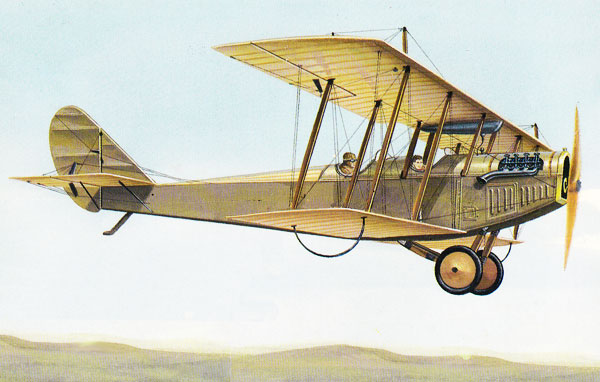
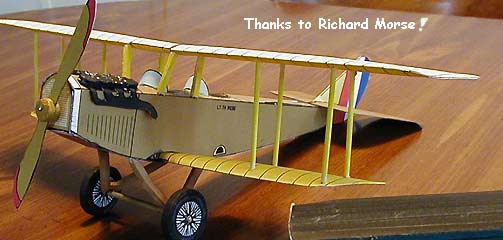
The Curtiss "Jenny" America's most famous World War I airplane, was developed by combining the best features of the Curtiss "J" and "N" models. A 1915 version, the JN-3, was used in 1916 during Pershing's Punitive Expedition into Mexico. Its poor performance, however, made it unsuited for field operations.
The U.S. Postal Service also used Jenny's for airmail service on the route between Washington, D.C., Philadelphia, and New York in 1918. But the planes proved too slow and frail and were replaced by De Havillands DH-4s.
Just got a chance to check out the new Jenny and it's a real peach. Those textures and colors look super realistic. The Model-T mail truck is a great little add-on that just screams "Fiddlers Green". I like 'em!...CG
Chip!! Thanks for the Jenny!! Love It. Ken
Thank you for the Jenny. I've so far avoided planes that require a lot of rigging. The Jenny might make me a convert. The artwork is stunning. I can't wait to see it on display. David
Okay - now everything downloaded. Nice detailing: The paint has been worn off on the vertical stabilizer in a couple of places. And the mud stains and exhaust stains on the fuselage are great. Gotta love the b&w version. Be your own barnstormer! Great job! ymp, John
Curtiss Mail Jenny
The Curtiss "Jenny" America's most famous World War I airplane, was developed by combining the best features of the Curtiss "J" and "N" models. A 1915 version, the JN-3, was used in 1916 during Pershing's Punitive Expedition into Mexico. Its poor performance, however, made it unsuited for field operations. The JN-3 was modified in 1916 to improve its performance and redesignated the JN-4. With America's entry into World War I on April 6, 1917, the Signal Corps began ordering large quantities of JN-4s, and by the time production was terminated after the Armistice, more than 6,000 had been delivered, the majority of them JN-4D. The Jenny was generally used for primary flight training, but some were equipped with machine guns and bomb racks for advanced training. After World War I, hundreds were sold on the civilian market. The airplane soon became the mainstay of the "Barnstormer" of the 1920s, and some Jennies were still being flown in the 1930s. The JN-4D now on display was obtained from Mr. Robert Pfeil of Taylor, Texas in 1956.
The Curtiss JN-4 "Jenny" two-seat biplane was one of the most popular planes of all time. Although the JN-4 series of aircraft was technologically unremarkable, it was significant in that it was the first mass produced plane and was manufactured in larger numbers than any other American plane up to that time. The Jenny never saw military action but met the need for a dependable military trainer. From April 1917 when the United States entered World War I, it was used to train some 95 per cent of all U.S. and Canadian pilots.
A whole generation of Americans learned to fly on Jenny's, and in addition to U.S. and Canadian pilots, flying schools in Great Britain and France used them as trainers. After the war, thousands were sold to civilians, and the plane had a second career as a barnstorming plane, thrilling spectators at traveling aerial pageants and shows throughout the United States. By the Armistice in 1918, more than 6,000 JN-4s had been built, including some 2,700 JN-4Ds, the most widely produced version.
Development of the Jenny began in 1913 when aircraft manufacturer Glenn Curtiss visited the factory of Thomas Sopwith in England. Sopwith had been manufacturing aircraft with a tractor propeller configuration, and Curtiss was interested in developing this type of aircraft. While there, Curtiss met two individuals who would prove to be important to him. B. Douglas Thomas would join the Curtiss Aeroplane and Motor Corporation and design the Curtiss J and N models, and Royal Navy pilot John Porte would be one of the pilots who crossed the Atlantic in a Curtiss seaplane.
In 1914, the U.S. Army had become concerned about the number of fatalities that had occurred in pusher aircraft and decided it needed to acquire a tractor biplane that it could use for training. In response, the Curtiss company of Hammondsport, New York, the main supplier of training aircraft for the Army, developed two prototypes-the Model J and the Model N-both with 90-horsepower engines and designed by Thomas. The Thomas-designed Model J, the first predecessor of the Jenny, debuted on May 10, 1914. The Model N followed shortly. Curtiss built fewer than 200 Model J and Model N trainers for the Army and Navy before he decided in 1915 to launch the JN series.
Curtiss combined the best qualities of both planes in the JN, which soon acquired the nickname "Jenny." After evaluation by the Army and Navy, a small number were ordered in 1915. Only 11 of the earliest models, the JN-1 and JN-2 aircraft, were built. These were followed by the JN-3, which had a total production run of less than 100. Curtiss used the landing gear configuration designed and patented by Grover Loening on these planes, which eliminated traditional skids and instead put the wheels farther forward with special bracing. These planes also featured wings of unequal spans with the wingspan greater on the upper wing, which was the only one with ailerons.
The JN-3 was used by British troops for training, but it also saw duty as an aerial observer in 1916 during Brigadier General John J. Pershing's Punitive Expedition into Mexico. The U.S. Army's 1st Aero Squadron under the command of Pershing had been dispatched to Mexico to capture the bandit Pancho Villa, who had been preying on U.S. towns along the Mexican border. But the aircraft's poor performance on the high plateaus and mountains in Mexico made it unsuited for field operations.
The JN-3 was modified in 1916 to improve its performance and redesignated the JN
-4. This tandem-cockpit, two-place biplane appeared in July 1916. It retained the same unequal-span two-bay wing and cross-axle landing gear of the earlier models. It weighed 2,130 pounds and was powered by a more powerful 90-horsepower Curtiss OX (typically the OX-5) V-8 liquid-cooled engine that gave it a cruising speed of 60 miles per hour, a top speed of 75 miles per hour, and a ceiling of 11,000 feet. Its upper wingspan was 43 feet 7 inches and the aircraft was 27 feet 4 inches long.
Of these first JN-4s, 105 were sold to Britain, and 21 went to the U.S. Army. Private owners purchased others, and the Curtiss company's flying schools operated several.
A few months later, Curtiss developed the JN-4A. It was significantly improved and had greater wing dihedral, ailerons on all four wings, and a new elevator and rudder. A total of 781 of this model were built. The U.S. Army bought 601, the U.S. Navy five, and the rest were exported to Great Britain. The JN-4B appeared in late 1916. It introduced the larger tailplane and used the OX-2 engine. The U.S. Army bought most of this model, with the Navy, private fliers, and flying schools as other customers.
The next two models of the experimental JN-4C were followed by the very successful JN-4 Can, This had been developed from the JN-3 by the Curtiss company's Canadian associate, Canadian Aeroplanes Ltd., and soon became known as the Canuck. These planes were slightly shorter than the JN-3 and had a gross weight listed at 1,920 pounds. Production totaled 1,260. About half went to the U.S. Army and most of the rest became the standard Canadian primary trainer.
The most popular model of the Jenny appeared in June 1917. This was the JN-4D. It was similar to the earlier JN-4s except for its flight controls and the opening in the center of the upper wing center section for improved visibility. More than 2,700 were built between November 1917 and January 1919. Because the wartime need was so great, five other U.S. manufacturers as well as the Curtis factories in the United States and Canada built the planes. The JN-4D had several new features and also combined the more successful elements of both the JN-4 Can and JN-4A designs.
A later model, the JN-4H, was also developed to train pilots for the faster and more powerful aircraft that were appearing. To develop the JN-4H, a JN-4D was modified to accommodate a 150-horsepower Hispano-Suiza engine, built by the Wright company and the radiator area and fuel capacity were increased. A total of 929 JN-4Hs were built from the end of 1917 to the November 1918 armistice. They were equipped with machine guns and bomb racks for advanced training and were assigned to various specialized training groups-bombing, fighter, reconnaissance, and aerial gunnery units.
As part of the post-war economy drive, the U.S. Army modernized the Jenny rather than purchasing new designs. The task was given to U.S. Army Service Depots, which upgraded many of the earlier versions until 1926. The revised aircraft all used Wright 180-horsepower Hispano-Suiza engines and were redesignated JNS (for JN Standardized). Between 200 and 300 JNS trainers were completed. The U.S. Postal Service also used Jenny's for airmail service on the route between Washington, D.C., Philadelphia, and New York in 1918. But the planes proved too slow and frail and were replaced by De Havillands DH-4s.
Meanwhile, after the war, thousands of surplus Jenny's appeared in the United States and were sold to private owners at bargain prices. Many of these new owners used their aircraft to earn a living as stunt pilots. Operating on a traveling circus basis and flying from unprepared fields on the outskirts of thousands of U.S. towns, the Jenny's thrilled their audiences with exhibitions of wing walking, aerial trapeze work, and low-level aerobatics, as well as providing many with pleasure flights. Although many of these Jenny's were poorly maintained and there were many casualties, the barnstorming era helped awaken America to aviation. But while they became part of American folklore, their large number and low cost effectively killed the market for new aircraft until the mid-1920s. New models of aircraft did not gain a foothold until the supply of surplus aircraft was exhausted.
Specifications of the Curtiss Jenny
Span: 43 ft. 7 in.
Length: 27 ft. 4 in.
Height: 9 ft. 10 in.
Weight: 1,430 lbs.
Armament: Usually none
Engine: Curtiss OX-5 of 90 hp.
Cost: $5,465
Performance
Maximum Speed: 75 mph.
Maximum Endurance: 2 1/2 hrs.
A: The Curtiss OX-5 inline piston engine drove a two bade wooden propeller on the JN-4Can. Later variants had a Wright built Hispano-Suiza engine. B: Privately owned Canadian-built Jennies remained in use into the 1930s. A few were built as late as 1927, using reconditioned parts. C: Behind the wheel covers are the spokes that make up the wheel, to which a rubber tire was fitted. The undercarriage was a cross-axle type. D: The two seat trainer aircraft was arranged to have an instructor in the rear seat and the student in the front. ln civil aircraft, the latter position was used for joy riders. E: Control wires on aircraft of the World War I period and 1920s were often exposed, taking the shortest route between cockpit and the control surface. F: The airframe structure of the Jenny was almost entirely wooden with a doped fabric covering typical of the period.



